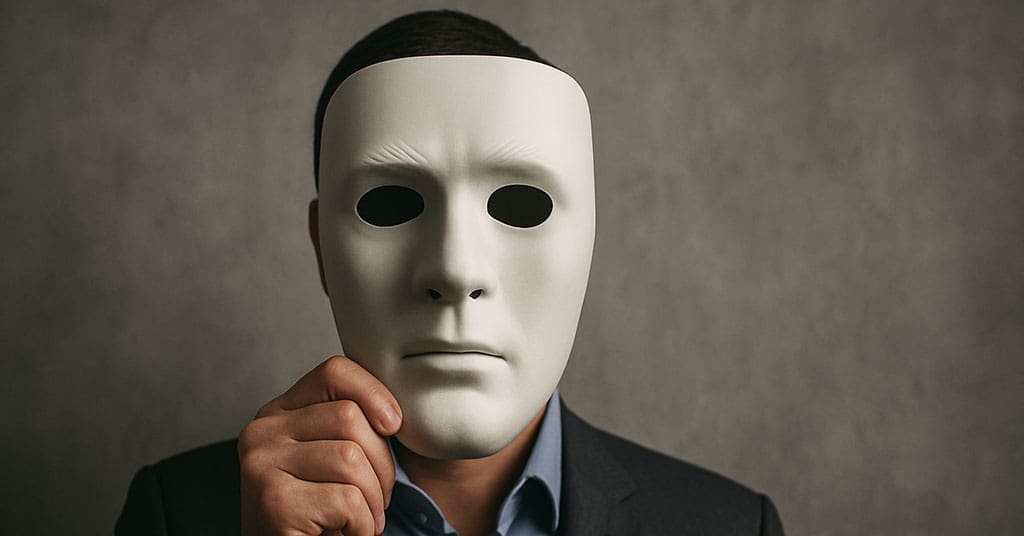Swapping Carney for Trudeau isn’t the same as changing course
It’s an overused phrase, but one that still carries weight: “The definition of insanity is doing the same thing over and over again and expecting a different result.” As Canadians head to the polls, it’s worth asking whether electing the Liberal Party—even with a new leader—would truly represent a new direction for the country, or simply more of the same under a different name.
Justin Trudeau may be gone, but the consequences of his nearly decade-long tenure remain. Under his leadership, Canada saw soaring public debt, deteriorating affordability, declining productivity, and a historic erosion in affordability. The Trudeau government was also marked by repeated ethical breaches, a diminished global presence for Canada, and increasing national division. These aren’t footnotes—they are the legacy the new Liberal leader inherits.
Mark Carney is an accomplished figure, well-known on the international stage as a former Bank of Canada and Bank of England governor. But his emergence as the Liberal leader raises a serious question: Are Canadians being offered real change, or simply a different face for the same political agenda?

There is a troubling pattern here. For years, the Liberal Party has prioritized recognizable names over meaningful renewal. After losing power in 2006, the party did not take the time to rebuild from the ground up. Instead, after the short tenure of Stéphane Dion, it turned to Michael Ignatieff—a high-profile academic—in hopes of quickly restoring its brand. When that effort collapsed with the 2011 election disaster, the party again chose a prominent name, Justin Trudeau, banking on personal appeal and family legacy rather than substance. Now, with Mark Carney at the helm, the pattern continues. At no point did the party honestly re-evaluate its direction or distance itself from the policies that contributed to its decline. Its thirst for power has consistently come before what is good for Canadians.
So far, Carney appears aligned with many of the same positions that defined the Trudeau era, particularly on climate, spending, and identity-driven politics. He brings a polished tone and a reputation for competence, but there is little evidence of a break with the governing philosophy that left many Canadians behind.
Meanwhile, everyday problems have only grown worse. Wages aren’t keeping up with inflation. Housing costs remain out of reach for many. Small businesses face rising costs and relentless regulation. Federal-provincial tensions over resources and taxation continue to deepen.
Canadians have every right to expect that a leadership change would signal a shift in priorities. But political history suggests otherwise. Parties rarely reinvent themselves while in power, and in the Liberals’ case, not even when out of power. Policy inertia runs deep, and the same insiders and advisers who shaped the last nine years remain at the centre of the Liberal operation.
In other words, while the face at the podium may have changed, the machinery behind it has not—and neither have the consequences.
The upcoming election should be a moment of serious reflection. Voters must ask whether they are better off than they were in 2015—economically, socially and globally. Many are not. And they must also ask whether the Liberal Party has truly earned another mandate, or if it’s time to consider new ideas from a government better prepared to confront the challenges ahead.
Canada is a country of immense potential. But that potential can’t be realized through status quo thinking. It requires bold reforms in housing, energy, productivity and tax policy. It demands fiscal responsibility, institutional integrity, and a renewed commitment to national unity. And it calls for leadership that’s ready to confront hard truths rather than offer polished talking points.
For too long, Canadians have been asked to tolerate underperformance in exchange for lofty promises. That trade-off no longer holds. Rebranding a government is not the same as reforming it. Real change must be structural, not symbolic.
In that sense, the “definition of insanity” still applies. Not to voters looking for stability or leadership, but to those expecting that the same party, with the same policies, will suddenly deliver new outcomes simply because the person at the top has changed.
Canada can do better. And this election is a chance to prove it.
Explore more on Federal election, Trudeau government
The views, opinions, and positions expressed by our columnists and contributors are solely their own and do not necessarily reflect those of our publication.
Troy Media empowers Canadian community news outlets by providing independent, insightful analysis and commentary. Our mission is to support local media in helping Canadians stay informed and engaged by delivering reliable content that strengthens community connections and deepens understanding across the country.




There is no doubt that tomorrow’s elections are crucial to Canada’s future. It’s also understandable that Canadians feel a change of priorities is needed to address the struggles many of them face.
The lead up to the recent U.S. elections mirrored similar concerns and the voters elected someone who promised that he would address their hopes for change. That didn’t result in a good outcome.
As an American from New York, I wish we had an option like Mark Carney to choose from.